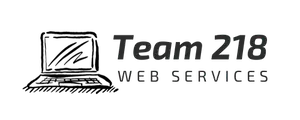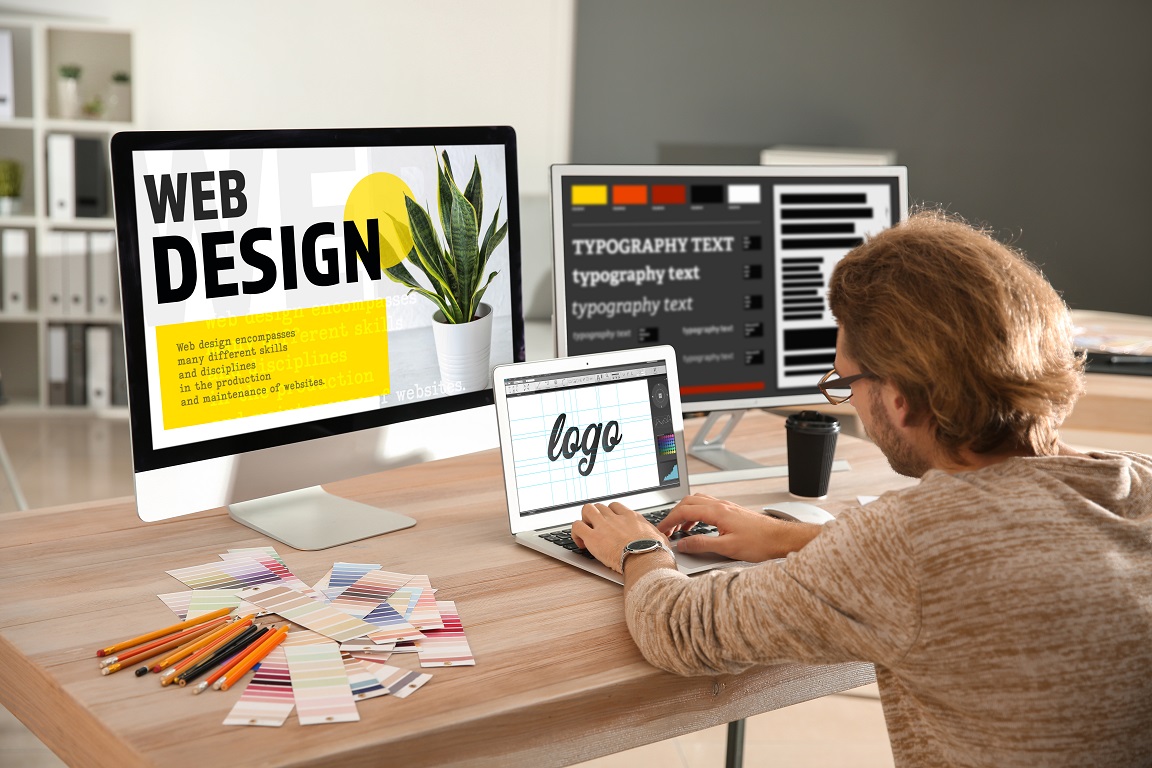The Best Guide to Creating Effective and Engaging Web Design
The Best Guide to Creating Effective and Engaging Web Design
Blog Article
The Comprehensive Guide to Crafting Aesthetically Appealing and Practical Internet Design That Satisfies Customer Requirements
In today's digital landscape, the value of crafting web layouts that are both functional and visually appealing can not be overemphasized. By prioritizing user-centered design principles, designers can create experiences that not only attract however also maintain user passion.
Understanding User-Centered Design
At the heart of reliable web layout lies the concept of user-centered design, a philosophy that prioritizes the needs, preferences, and habits of customers throughout the advancement procedure. This technique entails thorough research to understand the target market, making certain that the last item resonates with its designated users. By including customer comments at every stage, developers can produce interfaces that are not only visually attractive however likewise functional and user-friendly.
User-centered layout emphasizes compassion, calling for developers to tip right into the individuals' shoes and consider their perspectives. Strategies such as customer personalities, trip mapping, and usability screening are employed to identify pain factors and chances for enhancement. This iterative process enables for consistent refinement, as designers adapt to evolving customer requirements and technical innovations.
Including user-centered design leads to boosted customer complete satisfaction and interaction, ultimately resulting in greater conversion prices and brand loyalty. It fosters a collaborative atmosphere where stakeholders, including customers, programmers, and designers, function with each other to accomplish a shared vision. By placing individuals at the forefront of the style procedure, companies can produce web sites that not just satisfy business objectives however also offer purposeful and rewarding experiences for users.
Trick Concepts of Visual Design
Reliable visual design functions as the structure for developing straightforward and interesting websites. It incorporates numerous essential concepts that direct developers in crafting aesthetically pleasing and practical user interfaces.
First, balance plays an important function in attaining aesthetic harmony. Developers must disperse aspects equally throughout the layout to avoid overwhelming customers. This can be accomplished through balanced or asymmetrical style techniques.

Additionally, alignment is important for organizing details. Consistent positioning of message and images cultivates a tidy layout, boosting total navigation and user experience.
 Closeness likewise adds to visual clarity. Grouping associated items together help users in understanding the connection in between various components, making the user interface more intuitive.
Closeness likewise adds to visual clarity. Grouping associated items together help users in understanding the connection in between various components, making the user interface more intuitive.Finally, uniformity in layout aspects, such as fonts, designs, and shades, reinforces brand name identity and helps individuals browse the website extra easily. By including these vital concepts of aesthetic design, web designers can produce interfaces that are not only visually attractive yet user-centered and also practical.

Relevance of Responsive Design
Receptive design is an essential element of modern internet development, guaranteeing that sites work perfectly across a selection of gadgets and screen dimensions. As the net landscape develops, the diversity of devicesâEUR" varying from smart devices to tablet computers and desktop computersâEUR" demands a layout strategy that suits all individuals.
Carrying out responsive layout enables an adaptable format that immediately adjusts based upon the user's screen measurements. This flexibility not only improves access but additionally boosts use, as customers can interact and navigate with the site easily, regardless of their gadget.
Moreover, search engines like Google focus on mobile-friendly internet sites in their ranking algorithms. A receptive design can considerably improve a website's SEO performance, ultimately driving more web traffic and boosting exposure.
Furthermore, responsive layout minimizes the need for maintaining multiple variations of a web site, improving updates and material administration. This performance equates right into cost financial savings and a more cohesive brand name experience throughout platforms.
Enhancing User Experience
Customer experience (UX) is a critical element of website design, influencing just how visitors communicate with a web site and view its value. A well-crafted UX makes certain that customers can browse with ease, find details quickly, and attain their objectives efficiently. The style has to take into consideration the user's trip, from the minute they arrive at the website to the completion of their preferred activity, whether that be purchasing, enrolling in a newsletter, or accessing information.
Crucial element that improve UX include clear navigation, receptive layouts, and engaging visual material. Consistency in layout aspects such as font styles, colors, and buttons fosters knowledge, making the internet site really feel natural. In addition, enhancing lots times is essential; customers are much less most likely to remain on a site that is slow to respond.
Integrating access attributes guarantees that all customers, consisting of those with disabilities, can interact with the site flawlessly. address User-centric layout principles should direct material organization, providing appropriate info in a logical structure. web design. By prioritizing user needs and choices, web designers can produce experiences that are not only aesthetically attractive however likewise practical, ultimately fostering user satisfaction and loyalty
Checking and Repeating Styles
Checking and repeating designs are fundamental processes that comply with the first production of an internet site, making sure that the individual experience stays at the center of any type of changes. These phases entail gathering individual responses, assessing design performance, and making informed alterations to boost functionality and engagement.
Reliable testing can take various types, including functionality screening, A/B testing, and customer studies. Functionality screening allows developers to observe real individuals as they interact with the internet site, identifying discomfort factors and areas for renovation. A/B screening, on the other hand, compares 2 variations of a style aspect to establish which performs much better, offering quantifiable information to guide decisions. Customer studies can supply qualitative understandings, capturing individual sentiments and preferences.
Continual iteration cultivates an adaptive style strategy, where the site evolves in feedback to customer behavior and comments. By devoting to extensive screening and version, developers can develop a website that not only fulfills aesthetic requirements however also provides a smooth and delightful user experience.
Conclusion
Finally, effective internet design demands the integration of user-centered principles, essential aesthetic design aspects, and receptive structures to produce engaging interfaces. By prioritizing individual needs and executing continuous screening and iteration, designers can refine their productions to enhance overall contentment. The dedication to these practices not just promotes an aesthetically appealing visual yet additionally makes sure performance across diverse gadgets, eventually contributing to a positive customer experience and enhanced engagement.
By prioritizing user-centered design concepts, developers can produce experiences that not only bring in however likewise keep user passion.At the heart of effective web layout exists the concept of user-centered style, a viewpoint advice that focuses on the needs, preferences, and actions of customers throughout the advancement process. By putting customers at the forefront of the layout procedure, organizations can see produce internet sites that not just satisfy business objectives however additionally supply purposeful and satisfying experiences for users.
By focusing on individual demands and preferences, internet designers can create experiences that are not only visually attractive yet likewise useful, ultimately cultivating individual contentment and commitment.
Individual studies can offer qualitative insights, capturing customer views and preferences. (web design)
Report this page